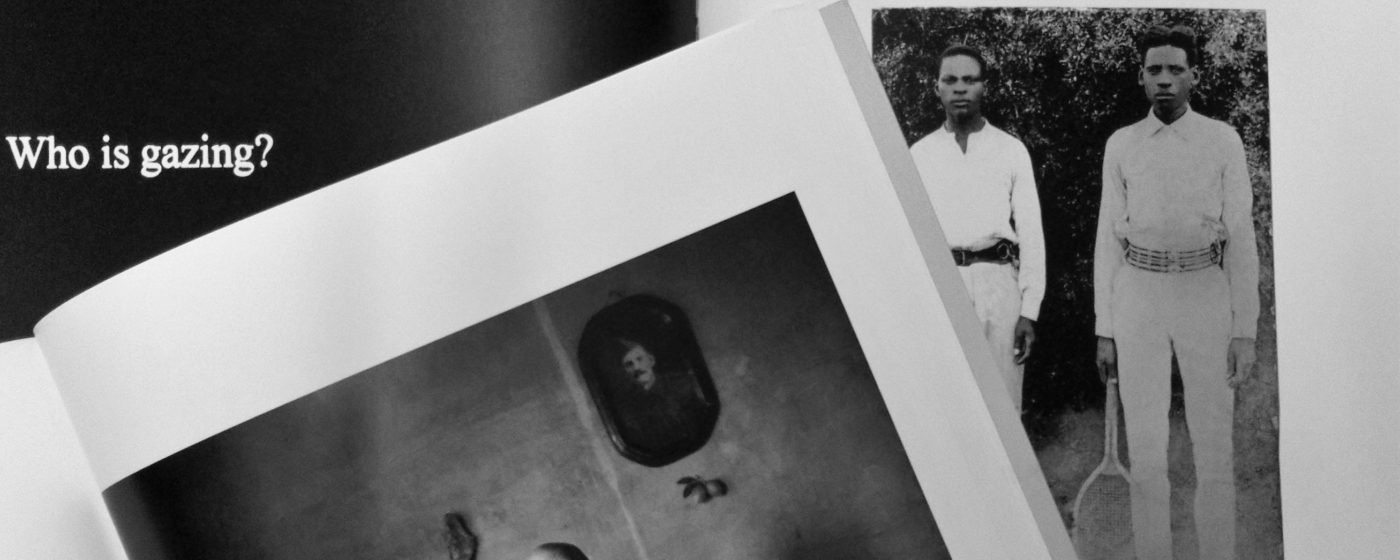- Venue
Stuart Hall Library
-
Address
16 John Islip Street
London
SW1P 4JU -
Time
2-3pm
-
Admissione
Free, booking essential.
- Artists
“Are these images evidence of mental colonization or did they serve to challenge prevailing images of ˈThe Africanˈ in the Western world?” Santu Mofokeng
“I was much troubled by the contradictory feelings of liking, revulsion and fear that these Afrikaner encounters aroused in me.” David Goldblatt
In this interactive talk, we will explore the photographic works of David Goldblatt and Santu Mofokeng as representations of different communities in South Africa. Goldblatt’s Some Afrikaner Photographed focuses on various communities of Afrikaners (an ethnic group descended from predominantly white Dutch settlers), from his home town Randfontein to other districts of the country. The photographs have been published as a photographic essay in 1975, during the apartheid period. Mofokeng’s Black Photo Album/Look at Me, 1890-1950, displayed for the first time at the Johannesburg Biennale in 1997, presents a collection of private portraits of black families that evokes Victorian representations.
What do these works challenge? How can we contextualise them in relation to the periods they have been conceived and within the practice of these two photographers, each representing a different generation and identity?
The South African apartheid regime (1948-1994) has preserved a narrative based on the dichotomy between modernity and tradition, associating whiteness with urban space, and blackness with rural space. Such a narrative has been reinforced by the enactment of restrictive laws (such as the Group Areas Act of 1950) that established separate areas for black communities, such as townships and semi-independent “homelands”, or Bantustans. These acts, not only limited the right to citizenship among black communities, but also their right to move freely between these areas and within the city itself.
The same narrative has had consequences in the creation and the representation of identities. The apartheid government maintained a colonial visual language within its public displays (museums, galleries, libraries, archives), depicting black communities through an “ethnographic” gaze that privileged to construct the “African continent as a site of both scientific inquiry and popular entertainment” (Okwui Enwezor).
Biographies
David Goldblatt (1930-2018), was born in Randfontein, near Johannesburg, in a Jewish family. His work is focused on the critical observation of the conditions of the society he lived in. His portrayals of South Africa during apartheid gave him international recognition. His work is part of major museum collections worldwide, such as the Victoria and Albert Museum in London.
Santu Mofokeng (b. 1956), was born in the township of Soweto, Johannesburg. He started his career as a street photographer. In 1982, he started working for Afrapix, a photographers’ collective aimed to propose photography as activism. His research, especially during the years he worked at the African Studies Institute, was also focused on his role as a documentary photographer, his relationship with the people depicted and with the potential audience of his work.
Luca Campione is a student at the MA in History of Art at the Birkbeck University. His research is focused on the issues of identity, representation and curatorial practices in approaching difficult histories.
